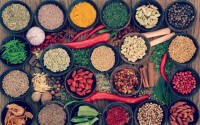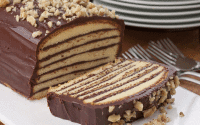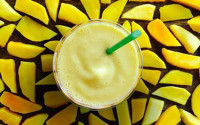A Beginner’s Guide To Gluten-Free Baking: Think Beyond Just Flour
A lot of people have gluten intolerance or have been medically diagnosed with coeliac disease, an autoimmune reaction to eating certain grains, wheat, barley, and rye. The only treatment for the condition is a gluten-free diet. This way of eating helps people heal their gut so they can start absorbing all the nutrients they need from their diet. On the gluten-free diet, you can eat many foods including meat, fish, fruit, vegetables, rice, and potatoes. You can also eat gluten-free substitute foods and processed foods that don’t contain gluten.
A gluten-free diet doesn’t necessarily mean the end of sandwiches and brownies. You can still put on an apron, get in the kitchen and whip up some classic bakes. You just need to ensure the baked goods really are gluten-free. Adjust your ingredients and amend your techniques where necessary. The tempting aroma of old-fashioned treats and cakes will still impress your family and friends at your next casual get-together, Thanksgiving, or Christmas Eve dinner.
Understanding Gluten-Free Baking
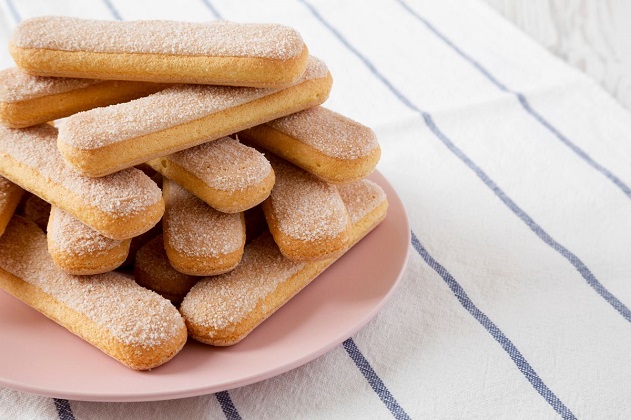
Swapping out all-purpose flour in favour of gluten-free flour is a great way to start baking gluten-free. Since gluten is found in chiefly wheat, barley, and rye, you should avoid flour milled from these grains as well as any of their derivatives. Search out specialty gluten-free flour blends as well as follow baker-tested gluten-free recipes to ensure your baked goods really are gluten-free. You may also consider using gluten free savoiardi as an alternative to flour. These versatile, lightly sweet sponge biscuits are usually the key ingredient in many recipes, especially used in Tiramisu. You can make a homemade gluten-free version of the classic Tiramisu or you can ground and use them instead of flour to add a touch of fantasy to your desserts. You can even enjoy these gluten-free ladyfingers on their own, dunking into your coffee or tea.
Baking with gluten-free flour can be tricky and quite frustrating at first. But once you understand how to make the swap, you can create delicious gluten-free versions of the baked goods you love with ease. It’s important to note that gluten-free flours and starches are very different from wheat flours. They are finer, contain less protein, and are also less elastic than wheat. This means when replacing wheat flour with gluten-free flour, you lose all of its structure and binding capabilities. It’s the gluten in wheat flours that keeps things together and gives that soft, springy, and bouncy texture. As a result of removing gluten in baking, cakes may crumble, cookies can be stodgy, and breads dense and flat, depending on the recipe. Gluten-free cooking and baking is a learning process; you will learn a lot through research and experimentation.
Common Gluten-Free Ingredients
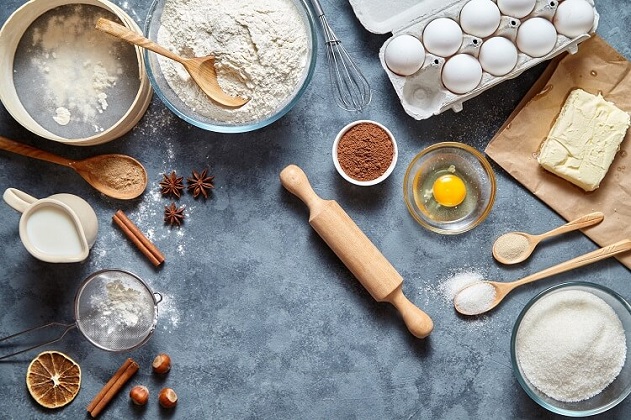
Whether you are reducing gluten or are entirely gluten-free, there are plenty of healthy baking ingredients that are naturally gluten-free. However, some ingredients may contain gluten trace amounts due to cross-contact. The frisky little protein can sometimes sneak its way into your baked goods via ingredients that have been in contact with gluten due to processing, packaging, transportation, or somehow sneak its way to your pantry. For example, some brands of vanilla extract contain gluten. You should keep an eye out and carefully choose ingredients that don’t contain gluten.
If you are following a strict gluten-free diet, your best bet is to fill up your plate with naturally wholesome gluten-free foods such as vegetables, fruits, beans, nuts, fish, and lean meat. Also, always choose certified gluten-free ingredients. The certified gluten-free label indicates that these products have been tested and ensures they meet strict gluten-free standards.
Gluten-free Grains
There are many gluten-free grains that mimic the same function that wheat and gluten does in baked goods. Some of the most common naturally gluten-free examples include oat flour, almond flour, rice flour, potato flour, grounded gluten free savoiardi, and more. There are also grains that you may not have tried before, like sorghum, teff, and buckwheat, which are naturally gluten-free. Since there is no such thing as an all-purpose gluten-free flour that can be used interchangeably in any baking recipe, it is useful to understand the properties of each flour and thus, decide which ones are best for your recipe.
Other Naturally Gluten-Free Foods
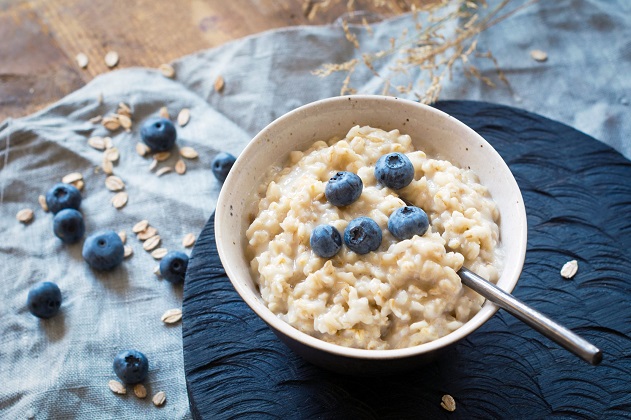
Besides the flour, you need to be careful and pay attention to all the other ingredients you use throughout a recipe. Always look for naturally gluten-free ingredients such as gluten-free oats, corn products like cornstarch and cornmeal, baking powder, espresso powder, spices like cinnamon, extracts, and flavourings such as vanilla extract or almond extract (be careful with these), milk powders such as buttermilk powder. The list is as long as your arm. Always read labels carefully and choose naturally gluten-free ingredients.
Gluten-Free Alcohols
Some baked goods have alcoholic beverages as ingredients, so you need to consider using naturally gluten-free alcohols. Distilled alcoholic beverages, distilled vinegar, and wine are gluten-free. However, most beers, ales, lagers, and malted beverages are made from gluten-containing grains and hence are not gluten-free. Beers made from gluten-free grains such as sorghum are gluten-free for sure. Some beers have “gluten-removed” on the label, however, they may not be gluten-free and should be avoided.

